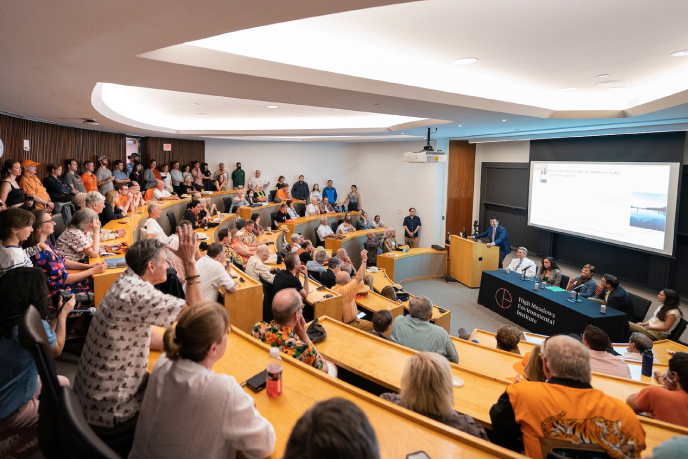Raleigh Martin ’08
Civil and Environmental Engineering
Urbanization impacts on summer rainfall in Beijing
“The primary purpose of this project was to investigate the various effects of urbanization (the urban heat island, the urban canopy, and urban aerosols) on rainfall climatology, with a special focus on Beijing. A group of students, researchers, and faculty of the MIRTHE (Mid-Infrared Technologies for Health and the Environment) Center at Princeton University collaborated with scientists at the Institute for Atmospheric Physics at the Chinese Academy of Sciences on this project. Over the course of the summer of 2008, a multifaceted approach was taken to assess urban impacts on Beijing rainfall climatology. Components of the Beijing 2008 summer climatology project included air quality monitoring, meteorological data collection, atmospheric modeling, and review of Chinese-language literature. The administrative restrictions placed on Beijing air pollution as part of the 2008 Beijing Summer Olympics provided a unique setting for studying the effect of abrupt changes in air pollutant emissions on air quality and meteorology.”
“The focus of my work was on the meteorological modeling (using the Weather Research and Forecasting (WRF) model) and on review of the Chinese language literature regarding urbanization effects on summer meteorology in Beijing. WRF model sensitivity analyses of severe summer rainfall events in Beijing indicated the important effects of spin-up time and domain/grid scheme on model results. Review of Chinese language literature found that strong orographic influences and the short-duration, localized nature of thunderstorms indeed makes modeling of summer rainfall very difficult. These findings about model sensitivity will hopefully inform future efforts to study the effects on urbanization on precipitation in Beijing.”
2008
Climate and Energy
MIRTHE (Mid-Infrared Technologies for Health and the Environment) Center at Princeton University; and Institute for Atmospheric Physics at the Chinese Academy of Sciences in Beijing, China
James A. Smith



